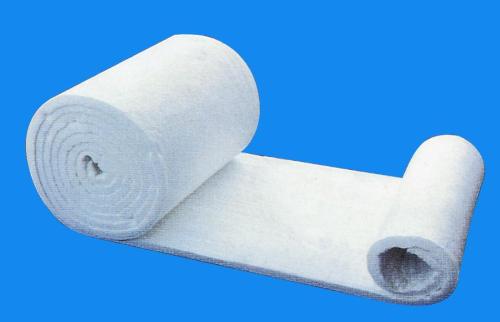SEARCH
when you need our product,simply enter the name of the product you are looking for to continue.
Refractory Knowledge
- Five Advantages of Ceramic Fiber Board
- Refractory Materials Used In the Bogie Hearth Furnace
- Clay refractory ramming material
- Introduction of Refractory Materials for Foreign Glass Kiln
- Ceramic Fiber Blanket Not Equal To Ceramic Fiber Felt
- Which refractory materials are acidic products?
- Phone:0086-371-63838939
- Email:sales@sunriserefr.com
- Office Address: No.36 Fengchan Road Of Zhengzhou, Henan, China (Mainland)
Contact Us
News & Events
Introduction to the characteristics and applications of refractory fibers
Date:2020-02-17 16:53 | From:Zhengzhou Sunrise Refractory | Author:admin
Refractory fiber is a fibrous refractory material, which is an efficient thermal insulation material. It has the characteristics of general fibers (such as softness, high strength, etc.), and can be processed into various papers, tapes, cords, felts, and blankets. It also has high temperature, corrosion and oxidation resistance properties not found in ordinary fibers. The brittleness of general refractories. At the same time, it has a very significant energy saving effect. [1] As a refractory insulation material, it has been widely used in metallurgy, chemical industry, machinery, building materials, shipbuilding, aviation, aerospace and other industrial sectors.
Refractory fibers can be used as furnace linings that are in contact with flames at high temperatures but are not in contact with high-speed air streams, molten metal and slag. It is mainly used as high-temperature thermal insulation materials, and can also be used as sealing, sound-absorbing, filtering materials, and reinforcing materials for high-temperature composite materials. Its maximum use temperature varies with different materials, glass refractory fiber 1000-1300 ℃, polycrystalline mullite fiber and polycrystalline alumina fiber 1250 ~ 1500 ℃, zirconia fiber 1600 ℃.

Refractory fiber is a non-dense material. Metal melt and slag can penetrate the fiber and cause damage to the furnace lining. Therefore, refractory fibers are generally not used in the parts that are in direct contact with the molten material. The strength of refractory fiber products is lower than that of dense refractory materials. Special protection measures should be adopted in those parts that are often subject to mechanical compression, collision and friction. Refractory fiber products are not resistant to erosion. When refractory fiber materials are used as furnace linings, the airflow speed in the furnace should generally be less than 10m / s. The atmosphere of the kiln is closely related to the service life of the refractory fibers. The maximum operating temperature under reducing atmosphere and vacuum should be lower than the operating temperature under oxidizing atmosphere. Generally, it is 100 ~ 150 ℃ lower in reducing atmosphere and lower in vacuum. 250 ~ 300 ℃.
If you are interested in our fused azs bricks, or need other types of refractory materials, please contact our Tianyang Refractory Group, we will definitely provide you with the best quality refractory materials and the most reasonable quotation.
If you have any needs our help or are interested in our products, you can click online advisorychat with us online, or call our customer service telephone: 0086-0371-63838939. We will sincerely serve for you!
